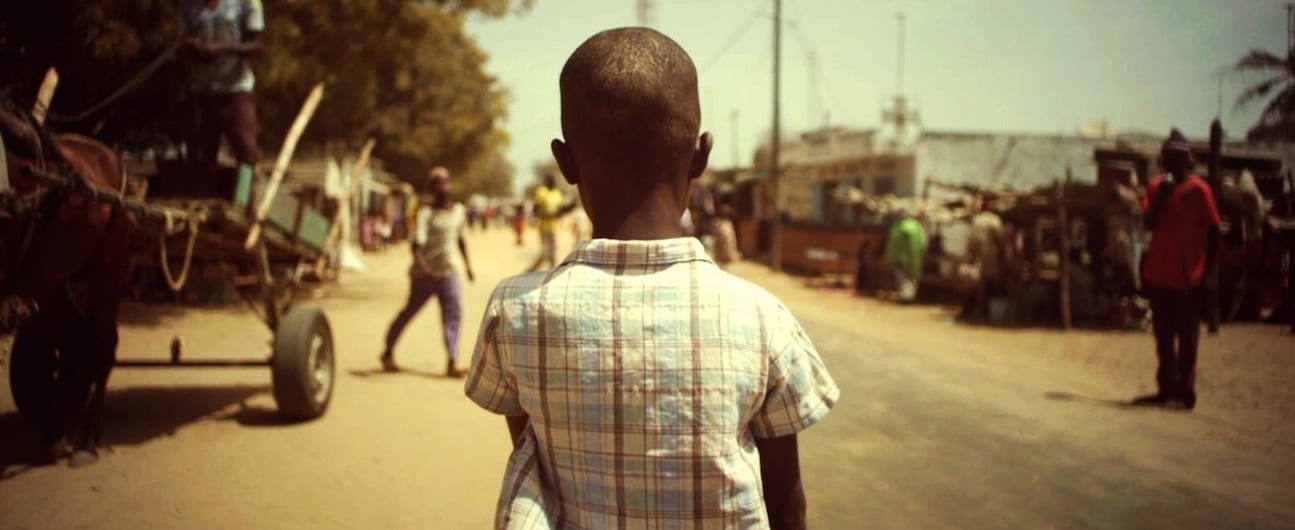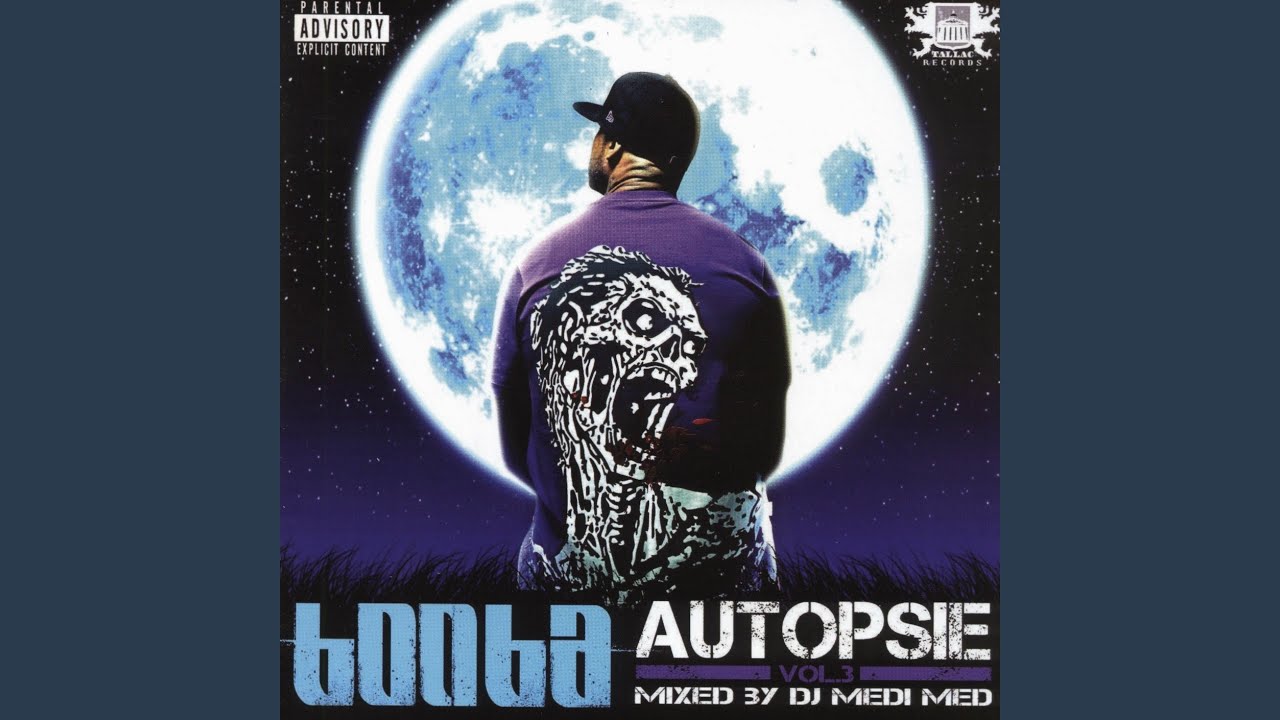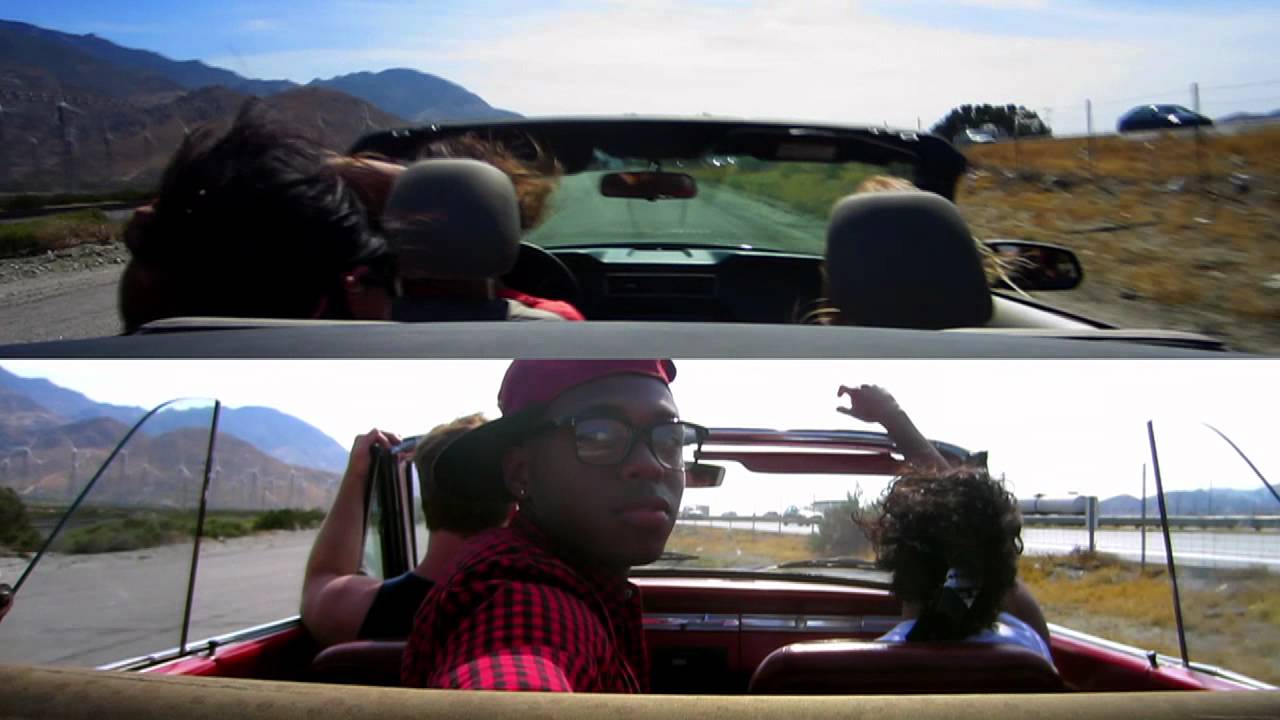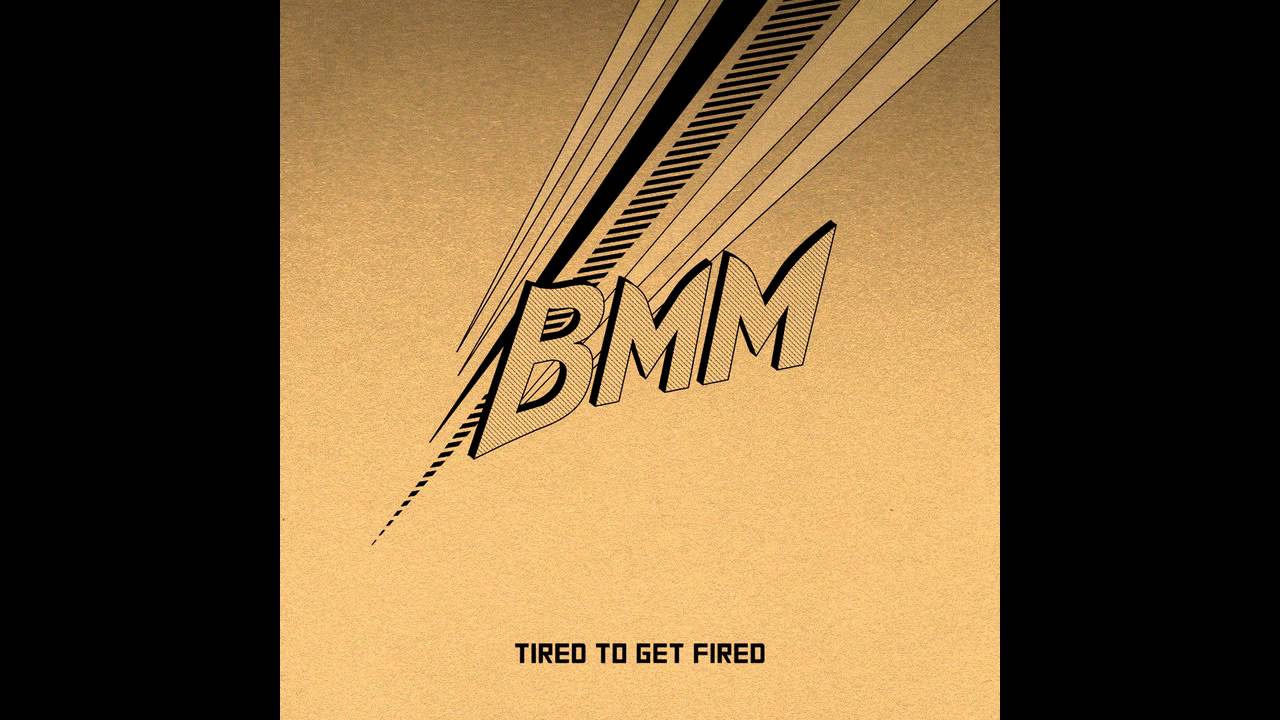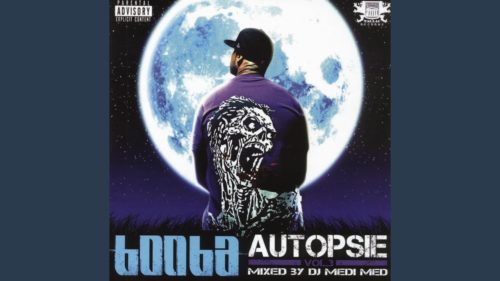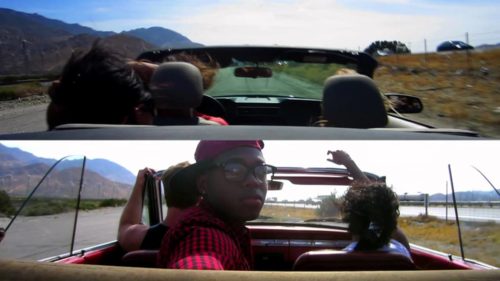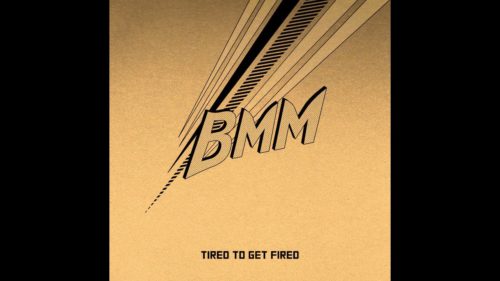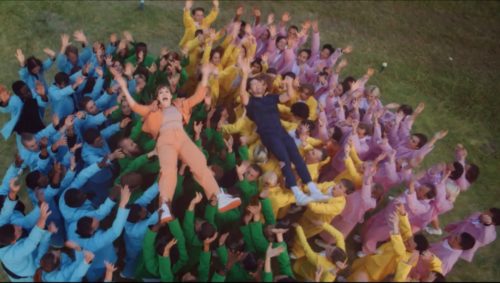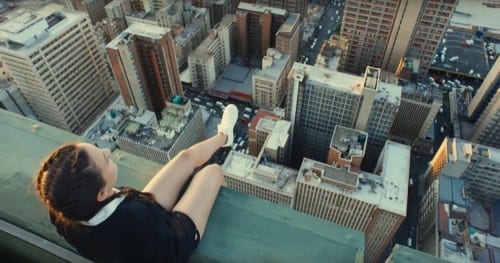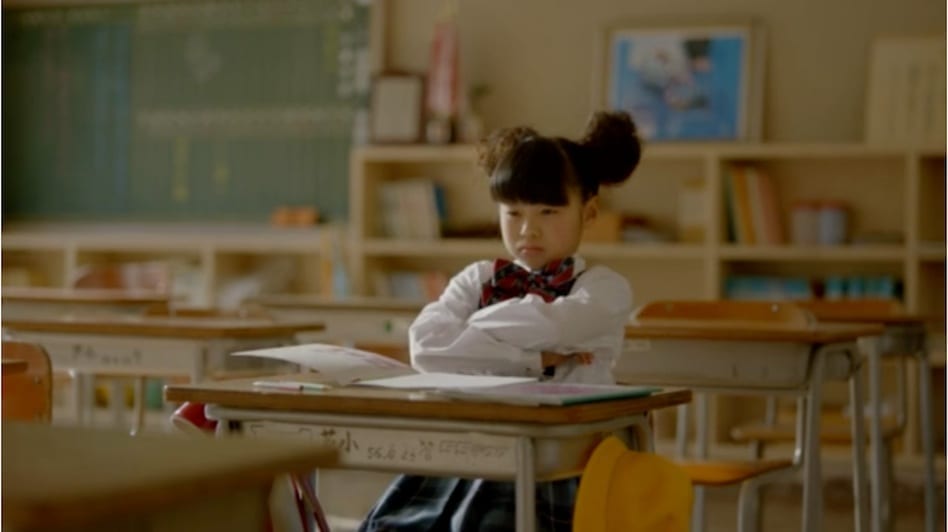Did you draw on Booba’s Senegalese roots for the location – where did you actually shoot the film? Please tell us everything about the production.
For the part shot in Senegal, the film was mainly shot in Dakar, but also at the Lac Rose (Pink Lake) northeast of Dakar. We stayed in Dakar for four days to shoot the sequences with our lead actor who came with us from Paris, but also with Senegalese people chosen from the street for their looks, their mannerisms, etc. The aim was to have a sample of Senegal and its people to capture a slice of life.
It wasn’t that easy to get people to agree to be filmed, even in Dakar. There were many who didn’t like the cameras because of superstition or for some reason or another, or they wanted a lot of money to appear on camera. But beyond these very few complicated situations, we also came across very nice and helpful people, especially at the Lac Rose. The production company in Senegal, Oxygen Line Producing and the producer Jam C, helped us greatly to facilitate things, especially with finding places we could adapt for shooting the scenes we had in mind.
What was it shot on, it feels very cinematic?
We shot with a Red Epic because we needed the slow motion capabilities of this camera. And as we needed a lot of mobility in order to shoot in the best places, we were set up (by the equipment company RVZ) with a rather light and flexible configuration.
It’s an amazing portrayal of the futility of gangster life, how did the narrative evolve? Je suis désolé notre français est horrible so we’re not sure whether it’s a linear story about Jimmy drawn from the lyrics. Could you please elaborate on the conception of the narrative.
The story we wrote is close to what the song says, it’s in keeping with the spirit, but without just silly images and nasty words. We had a narrative fairly quickly that was built after a few hours of writing, because our desires were simple: to have a succession of strong scenes, yet have a true cohesion between them without anything being gratuitous. After a few phone calls with the artist on a few things that bothered him (some scenes were initially too violent for him), and a few adjustments later, we had a precise script and could start to look for places to shoot.
The use of chess as a metaphor is clever – was it your intention to wrap up the action in this way or are we reading too much into it?
The chess game was an obvious one to us and for several reasons:
This game, which can be played with only two people, is an element that allowed us to highlight the strong bond that united Jimmy and the children he befriends, to show the informative and loving aspects that he carries with him, the image of what could be his grandfather with him when he was a child in Senegal, which we see at the end of the video. We love this redundancy in the images, these stories that loop.
Then, chess is a game rich in symbolism, and not to fall into overblown metaphors, one can say that Jimmy will go through life trying to become a “king”, but eventually he will fall, defeated, like a piece on the board at the end of the clip. Also in chess, the pawn, the weakest piece in principle, can become, if it crosses the board, what it wants, and we can imagine that this is one of the principles of ascent that governs Jimmy’s life.
Finally, the board is also an element reference to the show The Wire, one of our favorite series, and that Booba loves as well. It was a key scene in season 1.
What references did you draw on for inspiration?
One could site The Wire for the chess but also for the fashion:
The raincoat and shotgun in reference to Omar Little, the headband referring to Marlo Stanfield …
“Drive” for the sequence in the garage, “We own the Night” and “American Gangster” for the lab, and Scorsese and De Palma for sequence shots…and video games like GTA (Grand Theft Auto) for third person point of view.
Did you storyboard the narrative and camera shots in detail? What was behind your decision to shoot the back of head perspective?
For the part shot in Paris, each scene was planned, contemplated, practiced ahead of time, and on the day of the shoot, repeated and repeated until we got the desired “choreography” we wanted.
Instead of making a storyboard, we preferred to shoot models during the scouting to get an overview of the final rendering and to count the timing. The storyboard could not help us at this level and there is nothing like the reality of a place!
When you want to shoot sequence shots with extras, you really have no room to make mistakes, otherwise you risk losing a lot of time on the set and get sloppy results, which is why we for all these sequences were perfectly prepared, we did not want anything left to chance.
We chose to adopt this back-to-camera point of view in particular for two reasons:
The first was, we did not want to see Jimmy’s face, so that the viewer could understand that Jimmy is not an individual, there are plenty of him around in France or elsewhere. Young people who dream of a better tomorrow, thinking that “the grass is greener” elsewhere and eventually find themselves confronted with a reality that is much harder than expected.
It was also making a reference to the GTA video games: these video games are inspired by movies in their themes and aesthetics. We thought it was an interesting parallel that this time a “film” is inspired by a video game.
In addition, we love our work projects with mysterious points of view, be it POV or camera fixed behind the actresses like in “Salad Tomatoes Onions” (Yuksek Remix) (see Related Content) we love it when we don’t see the image of the face of the protagonists. That way, the viewer identifies with characters based on their actions and not on the emotions conveyed on their faces.
Was the edit straight forward or did you have miles of footage that hit the dustbin?
As we said before, for the parts in Paris and sequence shots, everything was planned down to the second, so once the proper take was shot, it was in the bag, so to speak. On the other hand, in Senegal we actually shot a lot more material, many people we filmed were not ultimately included in the assembly, due to the timing and the feeling.
We also filmed some extra things that we are holding onto, perhaps eventually for future projects 😉
A lot of your work (see in Related Content) incorporates a lot of post work whereas Jimmy appears to be more slice of life narrative. Do you feel more drawn to storytelling than technique driven work?
We like to alternate between more visual films and more clear-cut ones, period! Everything depends on the story we want to tell, and according to their or our desires at the time. In this regard, we don’t consider ourselves directors specializing in a specific area. We love to try everything and are constantly experimenting 🙂
